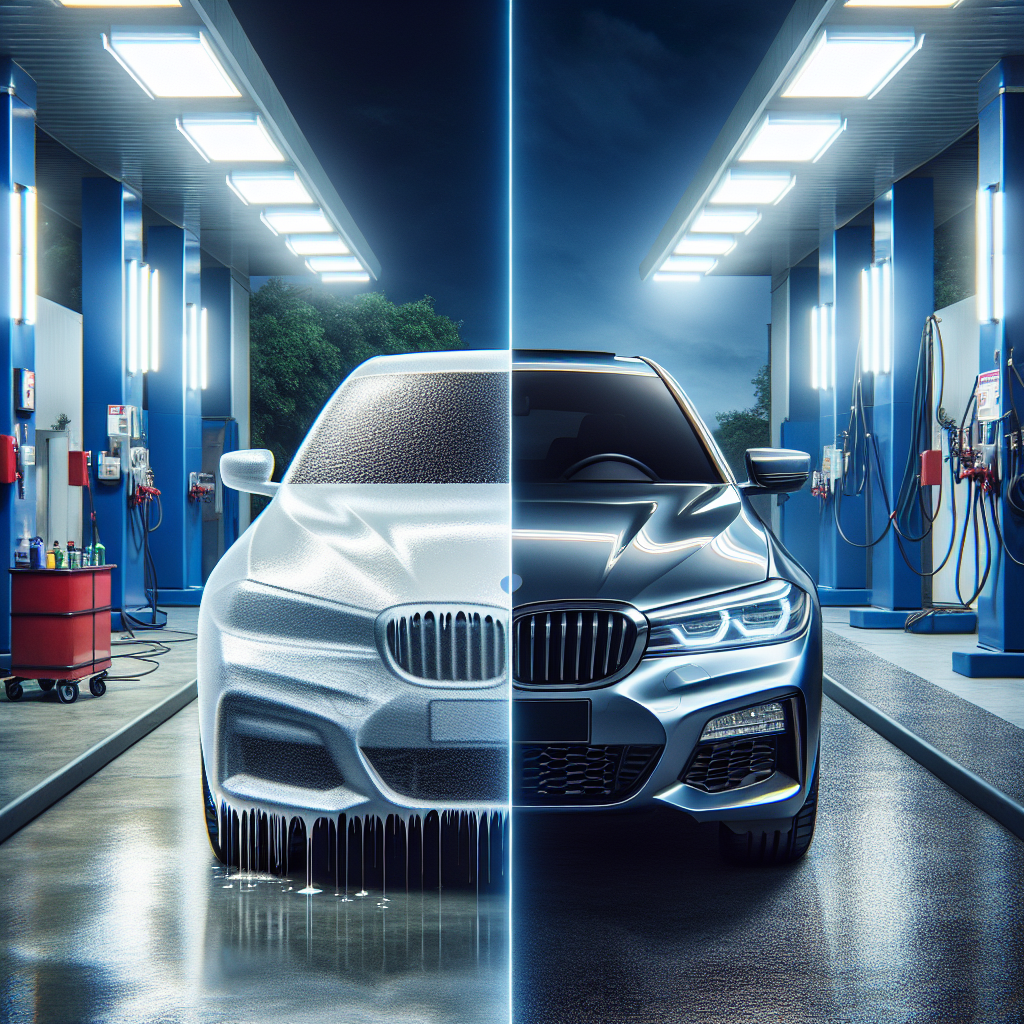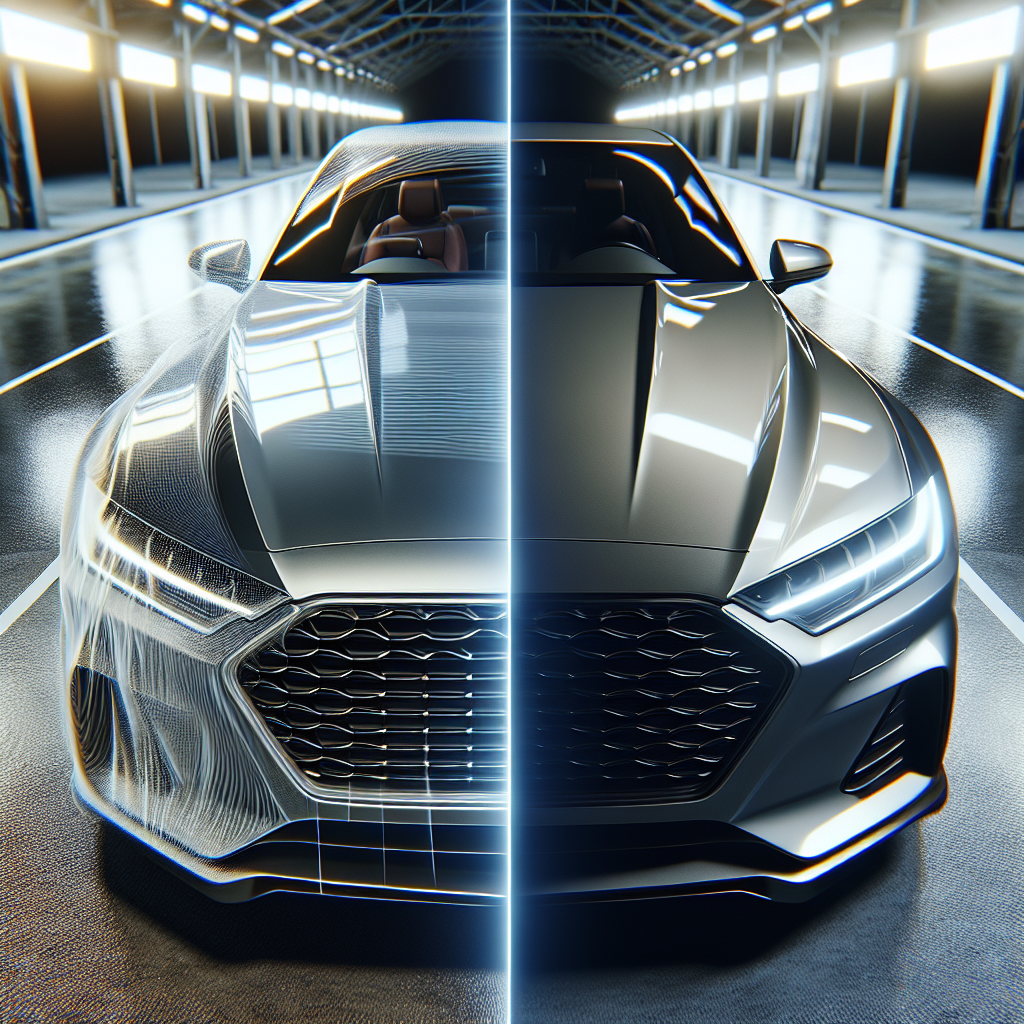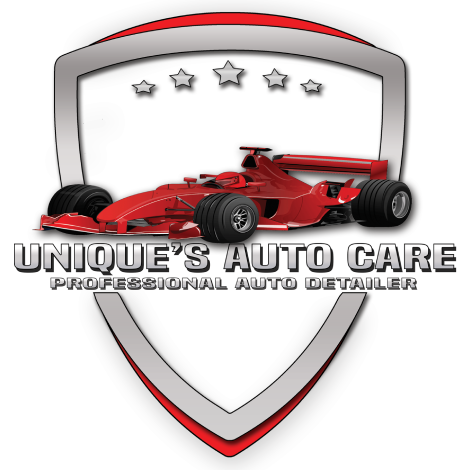When it comes to protecting your vehicle’s paint, two of the most popular options in the market are Clear Bra and Paint Protection Film (PPF). While both serve the primary purpose of safeguarding your car’s exterior, they do so in slightly different ways, each with its own set of advantages. Understanding these differences is crucial in making an informed decision for your vehicle.
Clear Bra is a specific type of PPF, often used interchangeably with the term, but traditionally, it refers to a film applied to the front part of the vehicle. This includes the hood, fenders, mirrors, and bumper. Its main function is to protect these high-impact areas from road debris, bug splatters, and minor abrasions. On the other hand, PPF can cover the entire vehicle, providing a more comprehensive shield against environmental and physical damage.
Both Clear Bra and PPF are made from durable, transparent urethane material, which provides a nearly invisible layer of protection while maintaining the aesthetic appeal of your vehicle. They also offer a self-healing property, allowing minor scratches and swirls to disappear with heat application. However, the choice between Clear Bra and PPF often boils down to the level of protection you desire and the areas of the vehicle you wish to cover.
At Unique’s Auto Care, we offer both Clear Bra and PPF services tailored to meet your specific needs. Our expert team is here to help you choose the best option for your vehicle’s protection.
Contact us today to find out more about how we can help keep your car looking brand new!
Understanding Clear Bra Protection

Clear Bra, also known as paint protection film (PPF) or clear film, is a thermoplastic urethane film that is often applied to the painted surfaces of a new or used car to protect the paint from stone chips, bug splatters, and minor abrasions. It was originally developed for military use to protect helicopter blades and other sensitive parts from debris and damage.
One of the main advantages of Clear Bra is its *transparency*. This allows it to provide robust protection while maintaining the original aesthetics of your vehicle. The film is virtually invisible when applied correctly, preserving the gloss and depth of your car’s paint, making it an excellent choice for car enthusiasts who want to keep their vehicles in pristine condition.
Clear Bra is primarily applied to areas of the car that are most prone to damage, such as the front bumper, hood, fenders, side mirrors, and headlights. This targeted protection ensures that the areas most likely to encounter road debris are shielded from potential harm. The film is also hydrophobic, meaning it repels water and reduces the risk of water spots and etching.
Another notable feature of Clear Bra is its *self-healing* properties. Minor scratches and swirl marks can disappear with the application of heat, either from the sun or a heat gun, ensuring that the film, and therefore your car, continues to look flawless over time. This self-healing technology not only extends the life of the film but also maintains the appearance of your vehicle, reducing the need for frequent touch-ups and repairs.
In summary, Clear Bra offers a high level of protection for the most vulnerable parts of your vehicle, making it a popular choice for those who want to maintain their car’s appearance while protecting against everyday hazards.
Pros and Cons of Clear Bra
When considering Clear Bra for your vehicle, it’s essential to weigh the *pros and cons* to make an informed decision. Understanding the benefits and potential drawbacks can help you determine whether this type of paint protection is right for you.
Pros:
- Superior Protection: Clear Bra provides excellent protection against rock chips, minor abrasions, and bug splatters, preserving your vehicle’s paint job.
- Transparency: The film is virtually invisible when applied correctly, maintaining the original look and feel of your car’s paint.
- Self-Healing Properties: Minor scratches and swirl marks can disappear with heat, thanks to the film’s self-healing technology, keeping your car looking pristine.
- Longevity: High-quality Clear Bra films can last several years, providing long-term protection for your vehicle’s paint.
- Hydrophobic Nature: The film repels water, reducing the risk of water spots and making it easier to clean your vehicle.
Cons:
- Cost: Clear Bra can be expensive, especially when covering larger areas of the vehicle. The initial investment may be higher than other forms of paint protection.
- Installation: Proper installation is crucial for optimal performance. It often requires professional expertise, which can add to the overall cost.
- Potential for Yellowing: While high-quality films are designed to resist yellowing, lower-quality options may discolor over time, affecting the appearance of your vehicle.
- Limited Coverage: Clear Bra is typically applied to high-risk areas like the front bumper and hood. Other parts of the vehicle may still be vulnerable to damage.
- Maintenance: Although Clear Bra is durable, it still requires some maintenance to keep it looking its best, such as regular washing and avoiding harsh chemicals.
By carefully considering these *pros and cons*, you can decide if Clear Bra is the best option for protecting your vehicle’s paint. It offers significant benefits but also comes with some considerations that should not be overlooked.
Exploring Paint Protection Film (PPF)

Paint Protection Film (PPF), also known as clear film or clear paint film, is a popular choice for vehicle owners looking to preserve their car’s exterior. This thermoplastic urethane film provides a robust barrier against various environmental hazards and wear.
Key Characteristics of PPF:
- Durability: PPF is highly durable and resistant to scratches, chips, and abrasions. It helps maintain the pristine condition of your vehicle’s paint over time.
- Self-Healing Technology: Many PPF products feature self-healing properties, which allow minor scratches and swirl marks to disappear when exposed to heat, such as sunlight or warm water.
- UV Resistance: PPF offers excellent protection against harmful UV rays, preventing paint from fading and maintaining the car’s original color and shine.
- Hydrophobic Surface: The film has a hydrophobic surface, meaning it repels water and other contaminants, making it easier to clean your vehicle and reducing the risk of water spots.
- Stain Resistance: PPF resists staining from bird droppings, tree sap, and other substances that can damage the paint. This ensures your vehicle remains in top condition.
Application and Coverage:
PPF can be applied to various parts of the vehicle, including the hood, fenders, mirrors, and bumpers. It is often custom-cut to fit specific areas, providing seamless protection without altering the vehicle’s appearance. Professional installation is recommended to ensure a precise fit and maximum effectiveness.
Maintenance:
While PPF is designed to be low-maintenance, regular washing and gentle care are still necessary to keep it in optimal condition. Avoiding harsh chemicals and abrasive cleaning tools will help prolong the life of the film.
In summary, Paint Protection Film offers comprehensive protection for your vehicle’s paint. Its durability, self-healing properties, and resistance to various environmental factors make it a worthwhile investment for any car owner looking to maintain their vehicle’s appearance and value.
Advantages and Disadvantages of PPF

When considering Paint Protection Film (PPF) for your vehicle, it’s essential to weigh the advantages and disadvantages to make an informed decision. PPF offers numerous benefits, but it also has some limitations to keep in mind.
Advantages of PPF:
- Superior Protection: PPF provides an excellent shield against rock chips, scratches, and other physical damage, keeping your vehicle’s paint in pristine condition.
- Self-Healing Properties: Many PPF products feature self-healing technology, allowing minor scratches and swirl marks to disappear with heat exposure, such as sunlight or warm water.
- UV and Stain Resistance: PPF protects against harmful UV rays, preventing paint fading, and resists staining from bird droppings, tree sap, and other contaminants.
- Hydrophobic Surface: The hydrophobic nature of PPF repels water and dirt, making it easier to clean your vehicle and reducing the risk of water spots.
- Preserves Resale Value: By maintaining the original paint’s condition, PPF can help preserve your vehicle’s resale value.
Disadvantages of PPF:
- Cost: One of the primary drawbacks of PPF is its cost. Professional installation can be expensive, but it is crucial for ensuring a precise fit and maximum protection.
- Limited Lifespan: While PPF is durable, it does have a limited lifespan, typically lasting between 5 to 10 years, depending on the product and maintenance.
- Potential for Yellowing: Over time, some PPF products may yellow, especially when exposed to prolonged sunlight. Choosing high-quality films can mitigate this risk.
- Installation Complexity: Proper installation requires expertise and precision. DIY applications can lead to bubbles, wrinkles, or improper adhesion, reducing the film’s effectiveness.
- Maintenance Requirements: Although PPF is low-maintenance, it still requires regular cleaning and care to ensure its longevity and effectiveness. Harsh chemicals and abrasive tools should be avoided.
Considering these advantages and disadvantages, PPF remains a popular choice for vehicle owners seeking comprehensive protection for their car’s paint. By understanding both the benefits and limitations, you can make an informed decision that best suits your needs and budget.
Which Protection is Right for You?

Deciding between a clear bra and PPF largely depends on your specific needs, preferences, and budget. Both options offer unique benefits and are designed to provide superior protection for your vehicle’s paint. Here are some factors to consider when making your choice:
- Protection Needs: If you’re looking for comprehensive coverage, especially for high-impact areas such as the hood, bumper, and side mirrors, PPF is an excellent choice. For those wanting protection for more exposed areas or a less invasive application, a clear bra might be more suitable.
- Budget: While both options can be an investment, PPF generally comes at a higher price point due to its extensive coverage and advanced features. A clear bra may be a more cost-effective solution if you’re working with a tighter budget.
- Longevity: Consider how long you plan to keep your vehicle. If you intend to keep your car for many years, investing in PPF could be worthwhile due to its long-lasting protection. However, if you prefer periodic updates or are leasing your vehicle, a clear bra might be more practical.
- Aesthetic Preferences: Both clear bra and PPF are designed to be nearly invisible, but some people might have a preference for the finish of one over the other. It’s a good idea to see both options in person before making a decision.
- Maintenance: Consider the level of maintenance you’re willing to commit to. PPF generally requires less frequent maintenance and has self-healing properties, while a clear bra might need more regular care to maintain its appearance.
Ultimately, the decision comes down to what aligns best with your vehicle protection goals and lifestyle. Both clear bra and PPF offer exceptional benefits to keep your car looking pristine.
If you need further assistance in choosing the right protection for your vehicle, call or contact us today. Our team at Unique’s Auto Care is here to provide expert advice and high-quality service to ensure your car remains in top condition.
